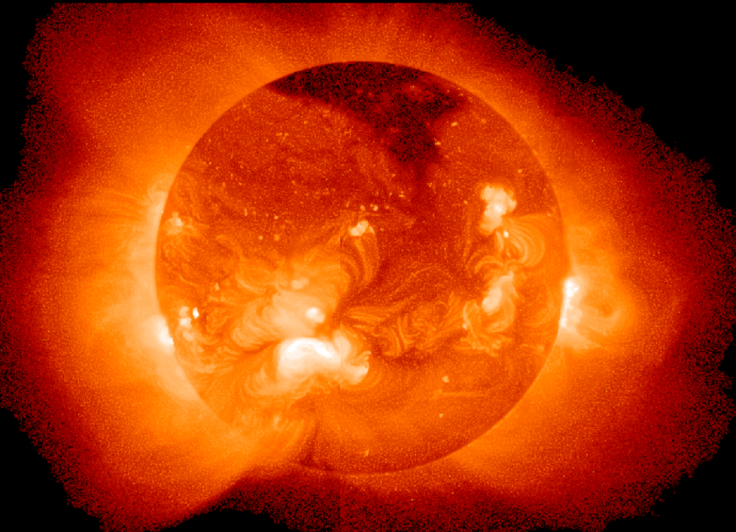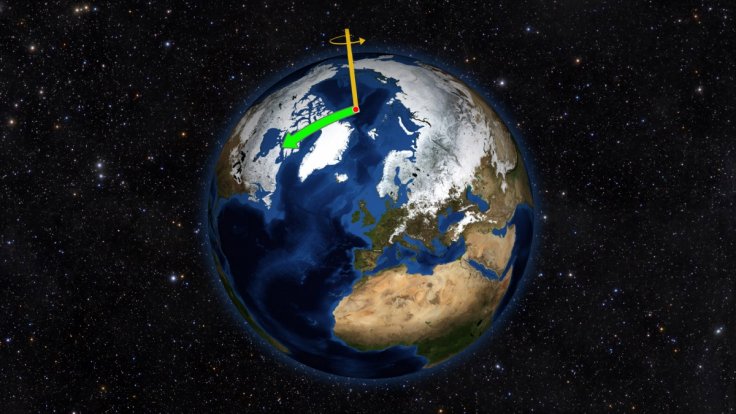As the new year dawns, Earth reaches perihelion - its minimum distance from the Sun. At one point during our planet's revolution, its elliptical orbit around the Sun brings it closest to the Sun. The distance at that time is going to be 91.5 million miles between our home planet and the star.
However, we will pass the perihelion at a top speed of 18.8 miles per second. The occurrence will take place in the evening on Saturday, when the Earth will be at its closest point to the Sun, confirmed the Planetary Society of India (PSI).

The Director of the organization, N Sri Raghunandan Kumar, elucidated about the event, known as Earth's 'Perihelion' in a release. Perihelion is essentially the point in an orbit of a celestial object, when it comes closest to the body that it revolves around. On the other hand, when the object is at the farthest point from the same, it is called Aphelion.
Kumar also mentioned the exact time when Earth's 'Perihelion' will occur this Saturday, i.e., 7.27 pm on Saturday.
You Can't Watch This Phenomenon
The Aphelion, according to the Planetary Society of India, is due to take place on July 6 this year. The organization has also shared the exact time for that, which would be 3:46 a.m. (IST) on the date mentioned above when Earth is going to be at the farthest point on its orbit from the Sun. At the time of Aphelion, the distance between the Sun and our home planet is going to be 15,21,00,523 km.

Kumar, in his release, also highlighted that the Perihelion on January 2, 2021 will mark a proximity of 50,07,355 km for the Earth to the Sun as compared to their positions on July 6, on the day of the Aphelion.
Sun's Distance and the Seasons
Although, Kumar has also made it clear that people will not be able to watch or observe this celestial event, it's significant for the academics to comprehend temperatures or seasons on Earth. Such events make us understand that Earth's seasons do not depend on the distance between the planet and the Sun, instead, they rely on the axial tilt of the planet when it revolves around the Sun.
He said, unlike common belief, the distance of the Earth to the Sun does not decide the season or temperature on the Earth. Instead, it is the axial tilt (approx 23.5 degree) of Earth on its axis while revolving around the Sun that regulates seasons on Earth. "This is why at the beginning of the year, every January, it is winter in most of the countries in the Northern Hemisphere, even when the Earth is the closest it can get to the Sun," he said.









